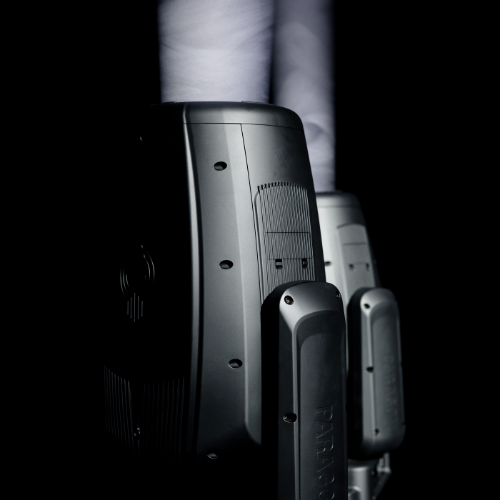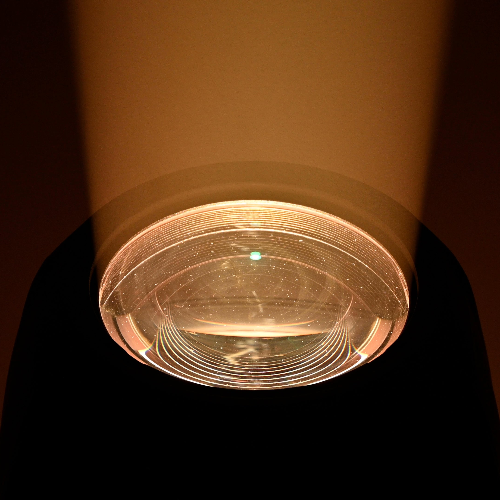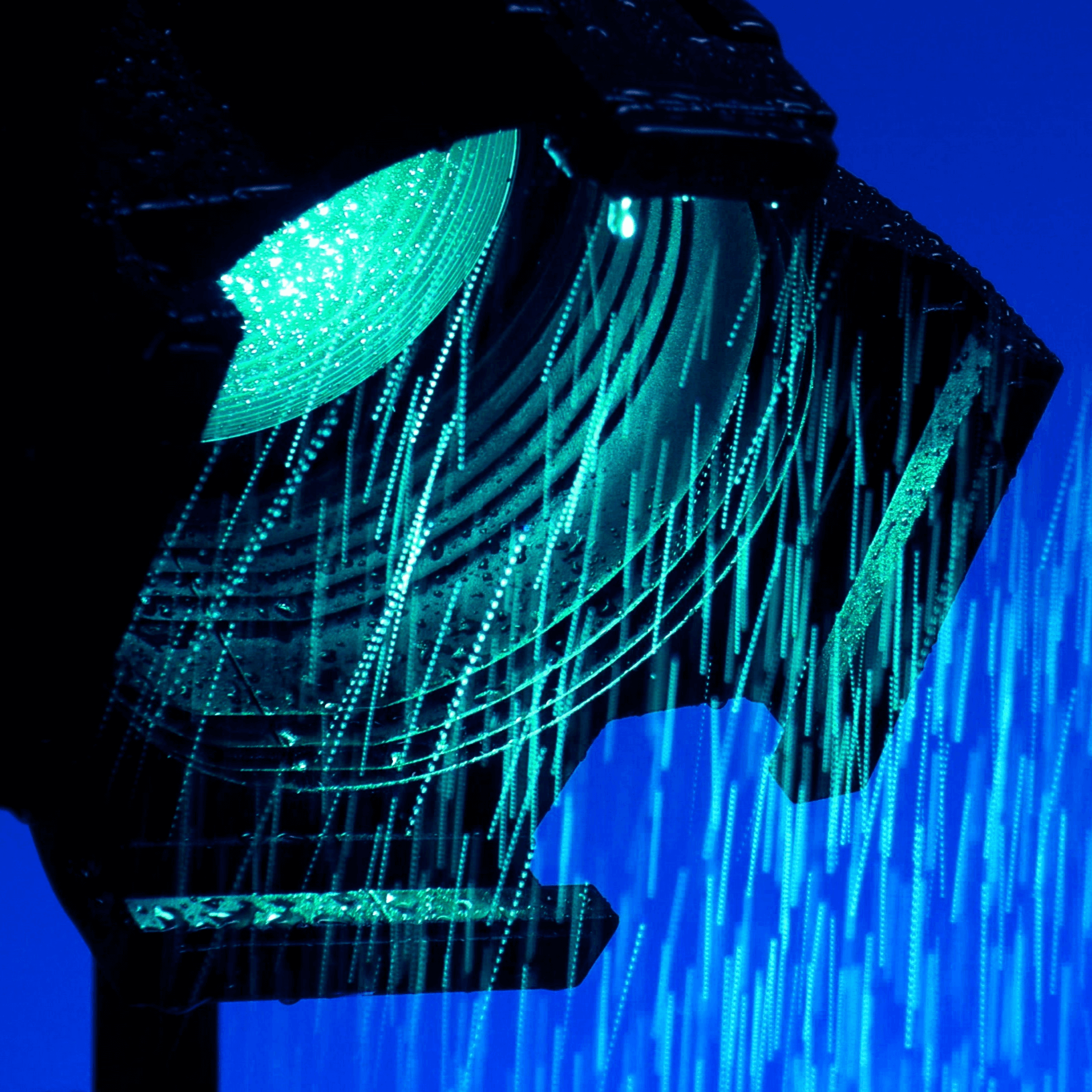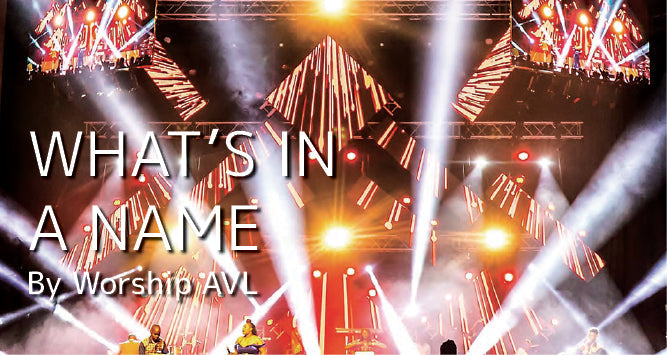Elation’s Bob Mentele describes the pros and cons of the three main categories of automated lights
AUTOMATED LIGHTING FIXTURES come in many shapes and sizes.
It seems like almost every day a manufacturer releases another new fixture with more features and capabilities than we know what to do with. Luckily, we can classify them into three main categories or types:
Spot, Wash and Beam fixtures.
These three categories define the main quality of the light produced by the fixture while other labels assigned to them will give us insight into added feature sets the fixture may have.
The most popular automated fixtures used today are in the spot category. A spot fixture is a luminaire that natively produces a round and hard edged, or focused, beam of light.
These fixtures are popular because of the flexibility and features they provide. Some of the common features you will find in these fixtures include zoom, focus, colour filter wheels, colour mixing, gobo wheels, animation wheels and prisms. The number of features included in a fixture will vary greatly depending on price point. At this point in time, most spot fixtures utilise a white LED engine as their light source; however, we are starting to see some multicolour LED engines being designed for these fixtures as well. This feature allows for the fixture to provide colour mixing capabilities without needing to include a mechanical colour system. It also produces coloured light with brighter output than fixtures that use colour filters.
Sometimes a fixture will be referred to as “hybrid” when a manufacturer includes some additional features that allow them to simulate the quality of light that the other types of fixtures produce. Including one or more frost filters takes the hard edge light and softens the edges, which emulates the light output of a wash fixture.
Often the softening provided by a filter is not as intense as that of a true wash fixture. The light output is also not as bright because you lose intensity when you add the filter.

Adding in a secondary lens or very small apertured gobo can allow the fixture to simulate the output of a beam fixture. Using these methods allow the fixture to create a very tight beam of light, but not at the intensity that a purpose-made fixture would produce because the optical system is not designed to focus the light as tightly as a beam fixture does.
One unique feature that can also be added to a spot fixture is framing shutters. When this is included in the fixture, the device is referred to as a “profile” unit. This is because that feature allows it to emulate the capabilities of a static ellipsoidal profile fixture. The ability of the fixture to create a beam of light that is not round can offer very unique visual effects, or it can be used to eliminate any light from hitting surfaces that we don’t want to illuminate, like projection screens, scenery or audience members.
Wash fixtures are also quite popular in lighting rigs these days. Wash fixtures produce a bright, round beam of light with soft edges. This light emulates the output of a PAR or Fresnel fixture. The softened nature of the light it produces allows multiple light beams to blend together evenly, and it also allows the light it produces to seem less “harsh” than that of a hard edge beam. Using multiple units together can easily provide an even, full stage wash for front or back light purposes.
Wash fixtures are a unique category because they can come in two design styles. Initially they were only available in one design, which featured a body similar to that of a spot fixture but with a Fresnel or PC lens on the front to provide the soft edge of the beam.
With the introduction of LED technology, a new style was developed. The design utilises multiple LED engines on the face of the fixture with a lens above each chip. This style of fixture allows the light to function not only as a wash light, but also as a visual effect when the face of the fixture is placed in view of the audience.
Features available in a wash fixture are somewhat limited compared to those of the spot fixture. Typically, they can include zoom, focus, colour filter wheels, colour mixing, frost filters and internal framing or barndoors. The newer LED designs can also incorporate other features, including pixel mapping and lens rotation effects. These two features are typically more for visual effects than creating usable light on a stage.
Some wash fixtures with a zoom feature allow for the narrow angle to be tight enough that they can emulate a beam effect in the air. The light they produce still features soft edges, but the light beam can be focused so tightly in the narrow zoom range that it becomes a very noticeable beam that can provide some aerial effects similar to those that a beam fixture can create. Again, the shaft of light will not be as bright as it would if it were being produced by a dedicated beam fixture, but it adds some additional functionality to the design.
Beam fixtures are probably the least flexible fixture types in the group. A beam fixture creates a round, narrow angle, hard edge beam of light. This light is not very useful for anything other than creating aerial effects with the shafts of light. The quality of light that these fixtures produce is not typically refined enough to be used to illuminate anything. The light sources that they utilise are designed to be bright, but not produce light of a high quality that anything would look appealing if it was illuminated.
While LED has saturated the designs of spot and wash type fixtures, the technology is not often utilised in beam fixtures. It is difficult to find a bright enough LED engine that can focus its light at the tight angle the optical system of a beam fixture requires.
Because of this, most beam fixtures designed today still utilise a lamp because of their very tight light source. There are some LED beam fixtures available, but they are not nearly as bright as their lamp-based counterparts.

Typical features include focus, colour filter wheels, gobo wheels, frost filters and prisms. Some beam fixtures do have a zoom feature as well, but it is typically not a wide range and is only useful to adjust the size of the visible shaft of light.
Beam fixtures are used mostly as aerial effects fixtures, and because of this they rely on the use of atmospheric effects to be visible.
The only way to have the shaft of light become visual is if the air in the venue is filled with particles that the light can shine onto. Using a hazer or similar effects machine is what will create this feature. If the venue that you are working in does not allow for the use of atmospheric effects, then a beam fixture would not be very suitable and would not be worth the investment.
There are many ways a moving light can be designed and numerous features that can be created and integrated into them.
We can create a new term for each unique design, but in the end they can all be classified into one of the three types if we focus only on the light that the fixture is primarily intended to produce: spot, wash and beam.
TECHNOLOGY
November–December 2020 WORSHIP AVL 45



